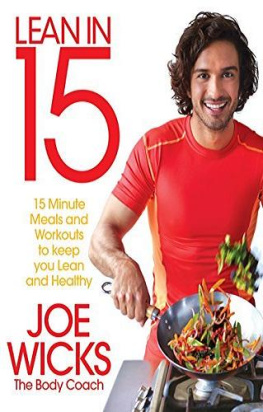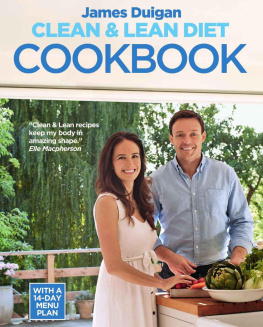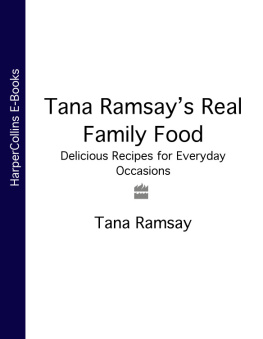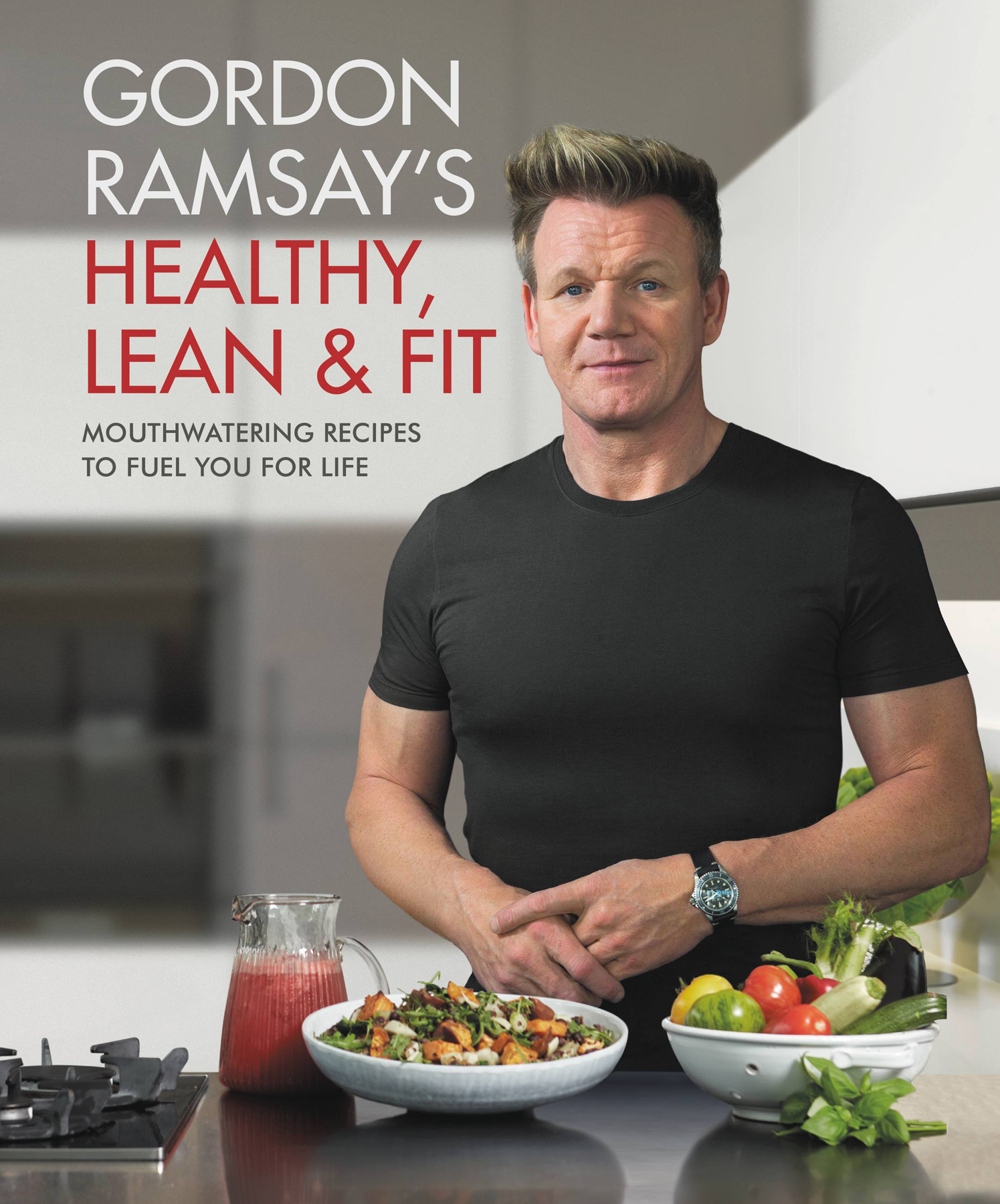Thank you for buying this ebook, published by HachetteDigital.
To receive special offers, bonus content, and news about ourlatest ebooks and apps, sign up for our newsletters.
The information herein is not intended to replace the services of trained health professionals, or be a substitute for medical advice. You are advised to consult with your health care professional with regard to matters relating to your health, and in particular regarding matters that may require diagnosis or medical attention.
Copyright 2018 by Gordon Ramsay
Photography 2018 by Jamie Orlando Smith
Cover design by James Edgar.
Cover copyright 2018 by Hachette Book Group, Inc.
Hachette Book Group supports the right to free expression and the value of copyright. The purpose of copyright is to encourage writers and artists to produce the creative works that enrich our culture.
The scanning, uploading, and distribution of this book without permission is a theft of the authors intellectual property. If you would like permission to use material from the book (other than for review purposes), please contact permissions@hbgusa.com. Thank you for your support of the authors rights.
Grand Central Life & Style
Hachette Book Group
1290 Avenue of the Americas, New York, NY 10104
grandcentrallifeandstyle.com
twitter.com/grandcentralpub
First published in Great Britain in 2018
by Hodder & Stoughton Ltd
An Hachette UK Company
First Grand Central Publishing edition: September 2018
Grand Central Life & Style is an imprint of Grand Central Publishing. The Grand Central Life & Style name and logo are trademarks of Hachette Book Group, Inc.
The publisher is not responsible for websites (or their content) that are not owned by the publisher.
The Hachette Speakers Bureau provides a wide range of authors for speaking events. To find out more, go to www.hachettespeakersbureau.com or call (866) 376-6591.
Print book interior design by James Edgar.
Library of Congress Control Number: 2018938065
Cover photographs: Portrait by Victoria Wall Harris Vanka Industries, Inc., d/b/a MasterClass; Food photography by Jamie Orlando Smith Hodder & Stoughton, 2017; Kitchen Shutterstock.com
ISBNs: 978-1-5387-1466-9 (hardcover); 978-1-5387-1467-6 (ebook)
E3-20180817-JV-NF

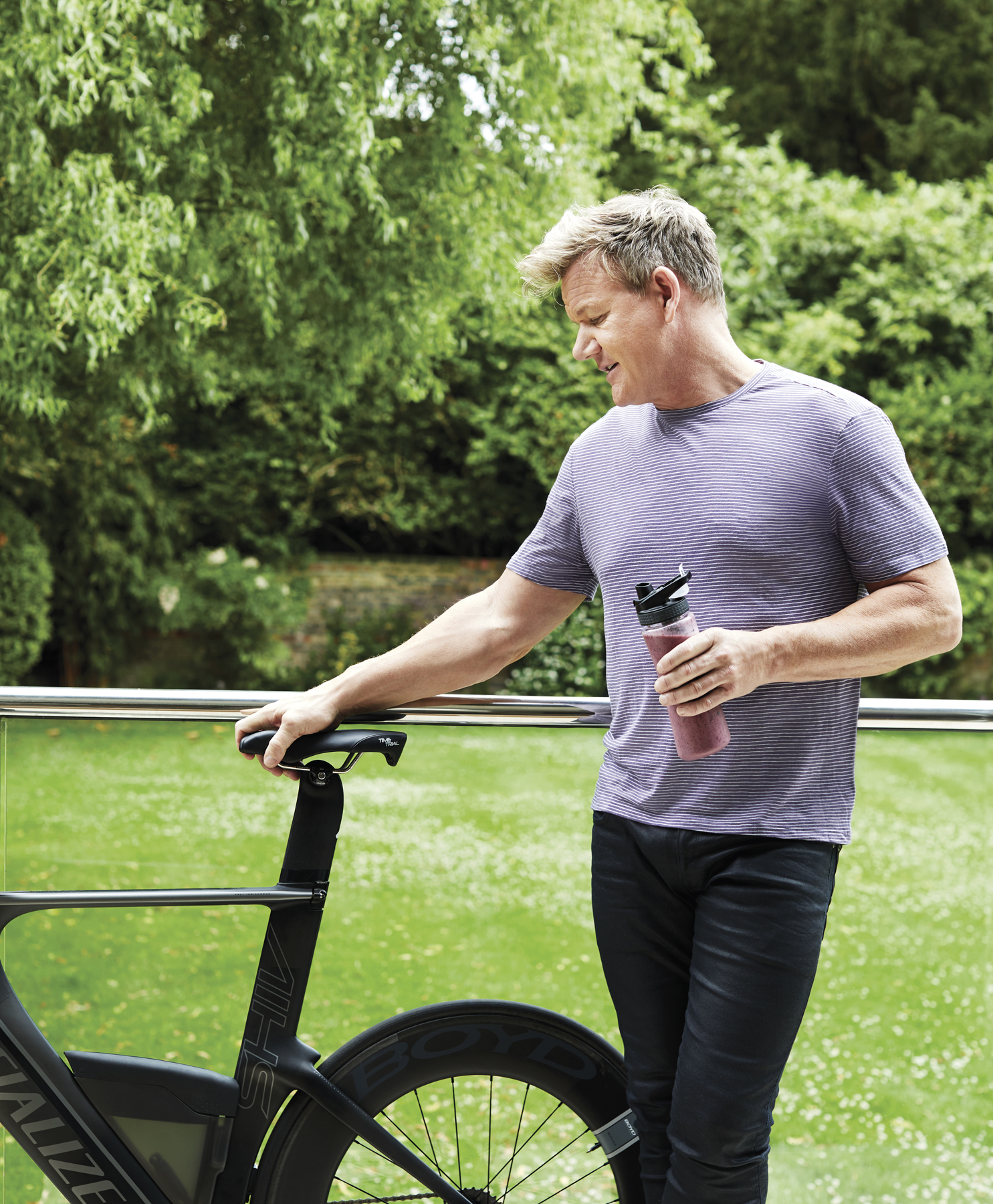
I HAVE ALWAYS SAID THAT CHEFS EAT THE BEST FOOD AND THE WORST IN EQUAL MEASURE.
They work with the freshest, most delicious ingredients available, cook them perfectly, and are constantly trying little tasty mouthfuls as they work. But do they get home and make themselves a nutritious meal at the end of their sixteen-hour shift? Im afraid they do not. The punishing working life of a chef means that they often rely on junk food and sugary snacks to get through the day, and finding time for exercise is really hard. When I was working in the restaurant at Royal Hospital Road, I never left the kitchen, sending everyone else out on their break rather than getting out myself, and I was snacking on the wrong things throughout the day. Over time, I let myself get out of shape. My chefs whites got tighter and tighter and I felt lethargic and sluggish a lot of the time.
It all changed when I started forcing myself to go to the gym for a run. I had to schedule it in like a trip to the dentist so I couldnt get out of it! I started with 5 km, then 10 km, then, before I knew it, I was running my first marathon! That was followed later the same year with an ultramarathon in South Africa I was hooked. Being fit made me feel great and it became my escape from my very busy life. My eating improved, the weight came off, and I looked and felt so much better. My health improved dramatically, too. I turned fifty recently and, given that my father died of a heart attack at fifty-three, my wife, Tana, organized a complete health checkup for me. I was in training for the Ironman Triathlon World Championship in Hawaii at the time, and when they checked my pulse, it was the lowest resting heart rate for a man of my age that they had ever seen! I must be doing something right
For me, being healthy involves eating well and taking exercise. This sounds obvious, but I cant stress enough the importance of doing these things in combination (though not necessarily at the same time!). To improve your diet without exercising can only get you so far when you are trying to lose weight or boost your health. Similarly, to take up exercising without considering what you eat will have only limited success. It is the combination of the two that brings better health.
But this is not a diet book telling you what (and what not) to eat, nor is it full of faddy ideas about eating cabbage soup or living off grapefruits or eating like a caveman. It works on the very simple premise that what you put into your body makes a difference in how it functions. It also acknowledges that the body has different requirements depending on what you are expecting it to do. If you are trying to lose a bit of weight, you need to eat less than when you are maintaining a healthy weight, and when you are taking part in rigorous exercise you will need to fuel your body correctly to ensure it has the resources to deliver.
Finally, healthy eating doesnt have to be dull! As a chef, I want the food that I eat to be tasty and satisfying as well as good for me. When Im in training, I dont want my taste buds to get bored by eating the same things over and over again. And I dont ever want to feel deprived. These are my go-to recipes when I want to eat well at home, and my great hope is that they will inspire you to get cooking to improve your own health, whatever your personal goal. Heres to better health!

WHAT IS HEALTHY EATING?
I am not going to get scientific here, but I do think an understanding of what the body needs and how it gets this from food can help us make better decisions when it comes to eating. I am lucky enough to have worked with personal trainers and nutritionists who have shared their knowledge with me and, once I learned the basics, making healthy decisions has become second nature.
To keep itself properly fueled and in optimum condition, the body needs a combination of macro- and micronutrients. Macronutrients are foods we need in relatively large amounts. The main three are:
PROTEIN found in meat, fish, dairy products, eggs, beans, and nuts, and essential for building and repairing tissue in bones, muscles, cartilage, skin, and blood as well as for the production of hormones and important enzymes. The recommended daily intake for protein is 50 grams for women and 55 grams for men.
CARBOHYDRATES the starches, sugars, and dietary fiber found in foods such as potatoes, grains (like wheat, rice, corn, etc.), beans, fruits, and vegetables that are the bodys main source of energy. Fiber found in starchy carbohydrates is essential for digestive health; it helps with the elimination of waste and can prevent heart disease, some cancers, and diabetes. The recommended daily intake for carbohydrates is 260 grams for women and 300 grams for men, and health experts recommend a daily intake of roughly 30 grams of fiber for both men and women.


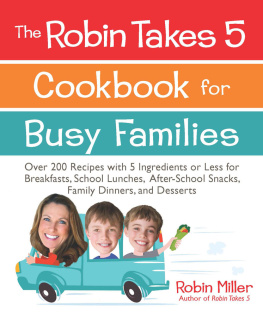
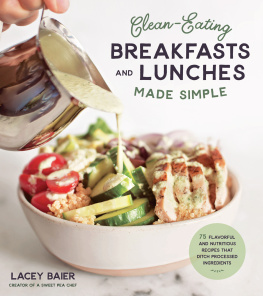
![Wicks - Lean in 15: [15-minute meals and workouts to keep you lean and healthy]](/uploads/posts/book/228194/thumbs/wicks-lean-in-15-15-minute-meals-and-workouts.jpg)
